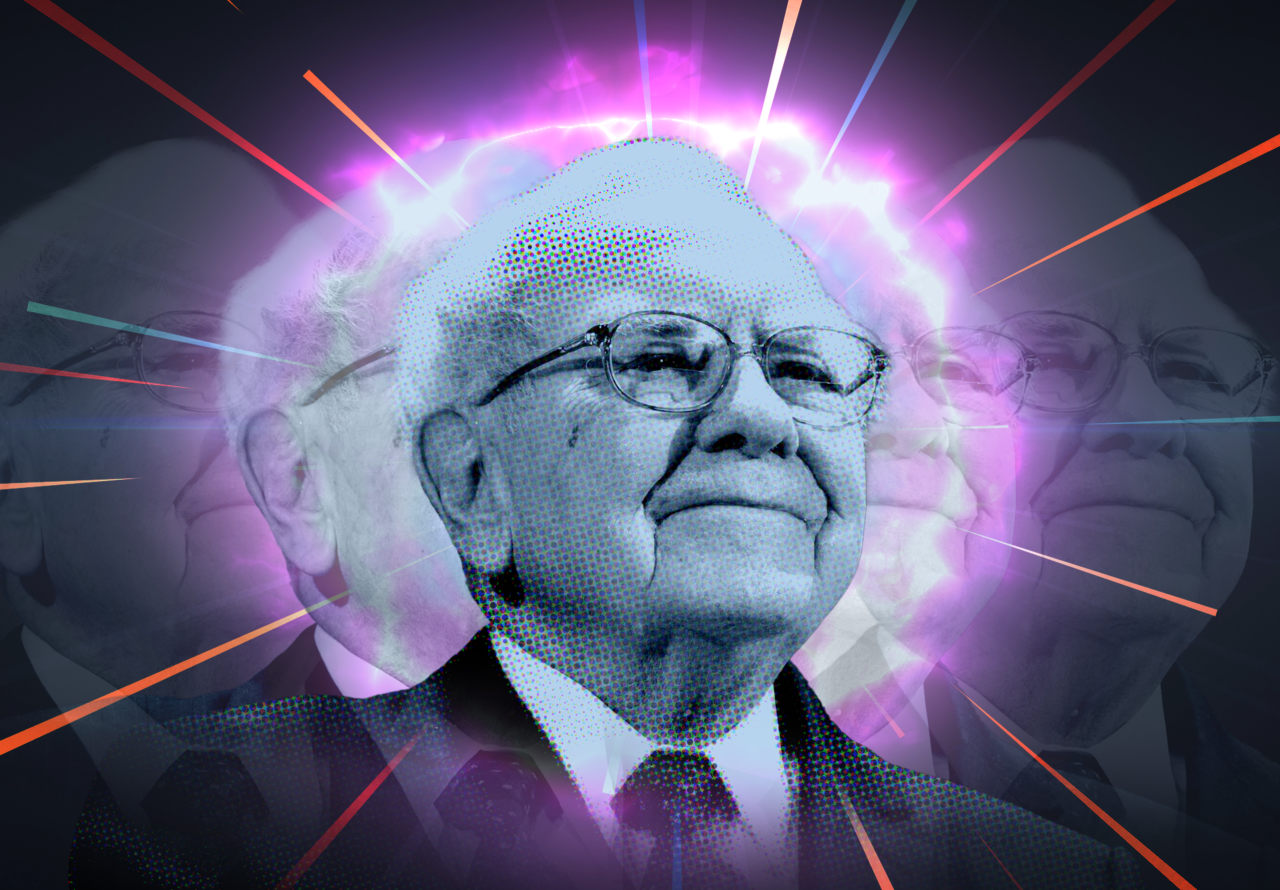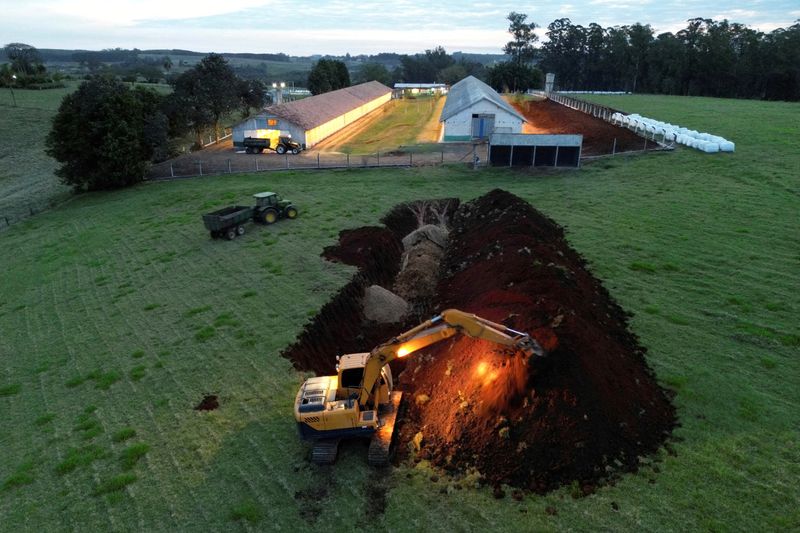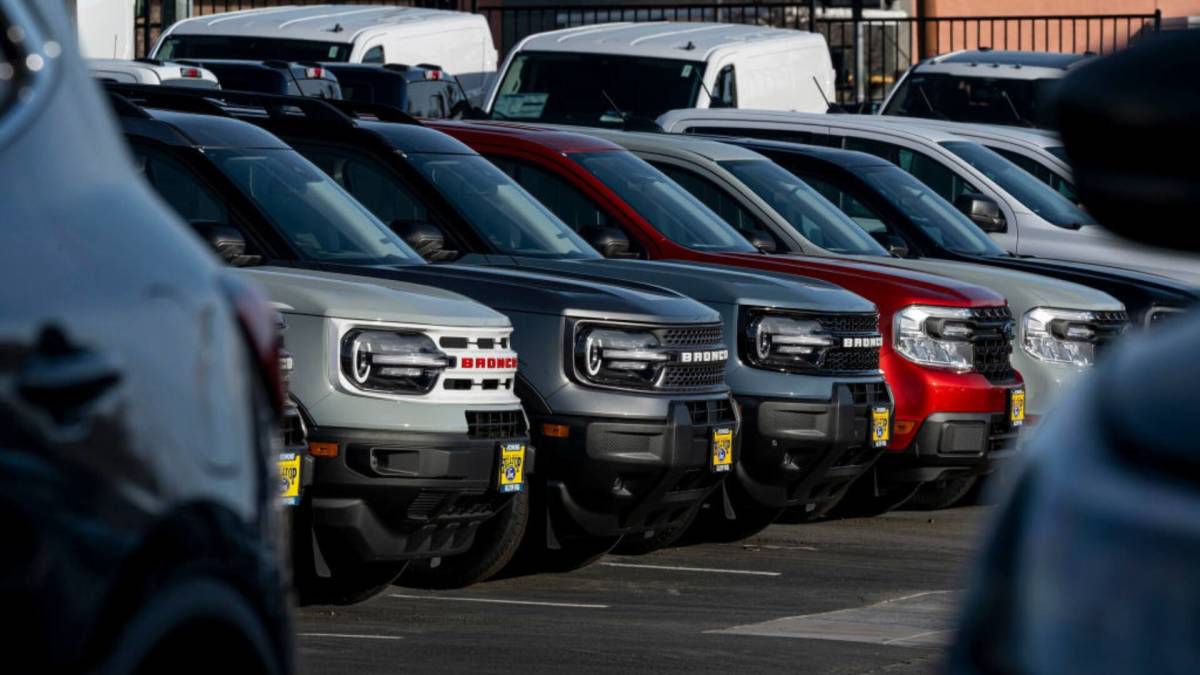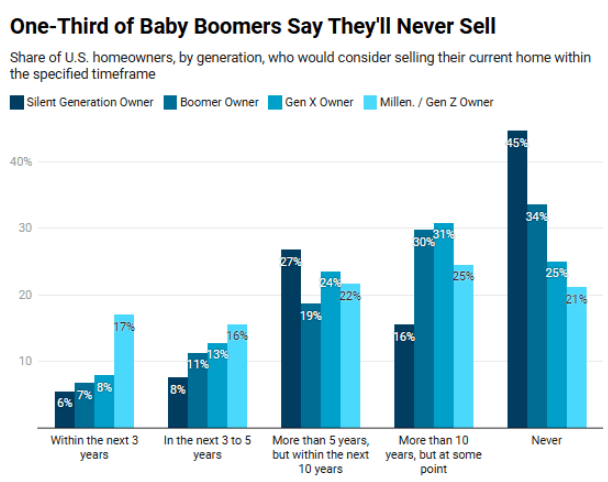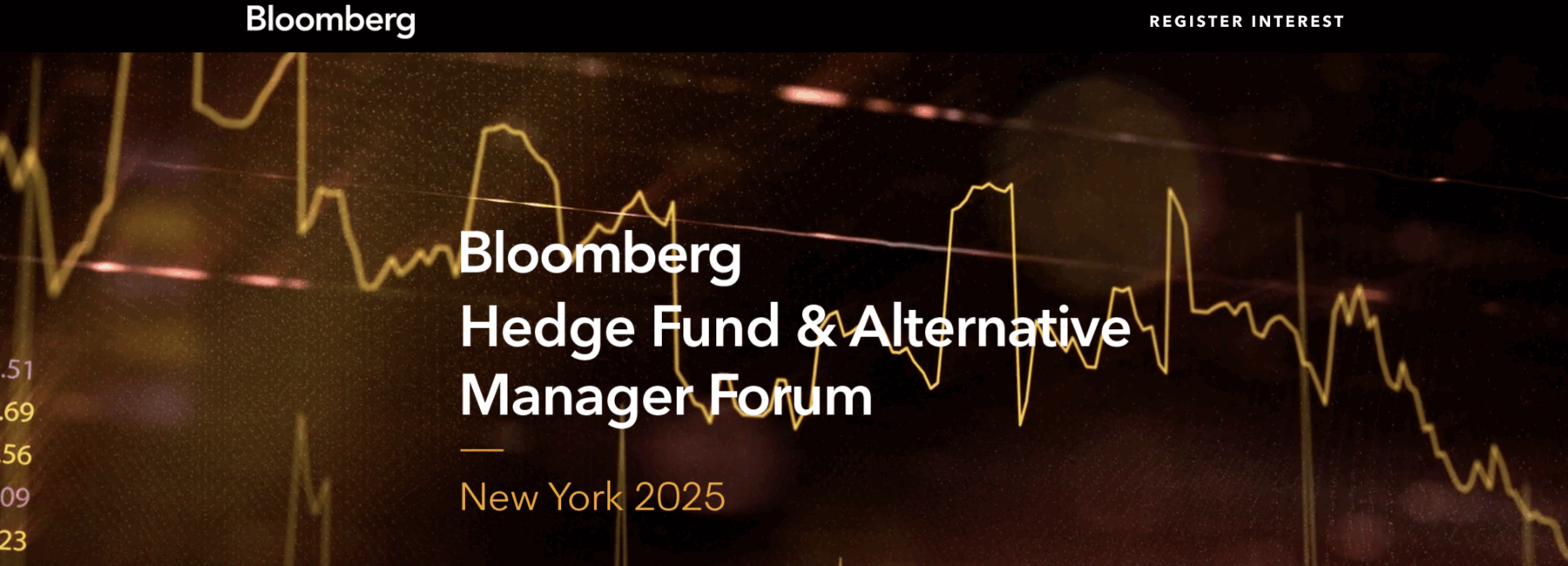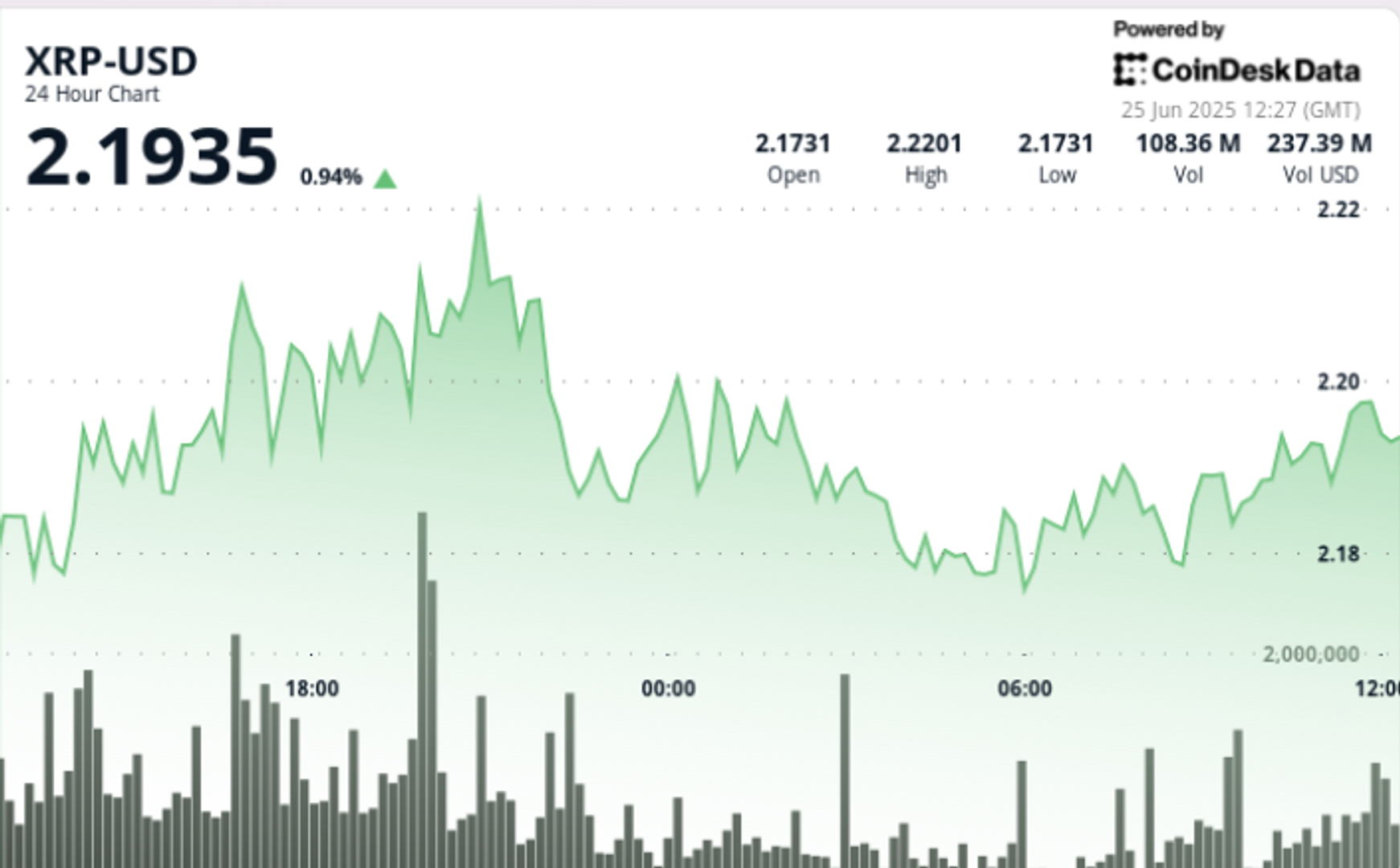Tesla’s market share in Europe falls in May despite booming EV demand, but pace of descent slows
Market demand for Tesla EVs in Europe could be building a bottom after the brand suffered only a 28% drop last month.

- Market demand for Tesla EVs in Europe could be building a bottom after it suffered only a 28% drop in May, the best monthly performance it has seen since the start of the year. Nonetheless its share of the overall EV market dropped to 7.2%, more than five percentage points down from the year-earlier month, amid a 27% increase in total industry EV volumes across the continent. Norway has emerged as a crucial pillar of support for Tesla in recent weeks.
Tesla’s market share in Europe shrunk again last month, but pockets of strength in countries like Norway suggest demand is bottoming out and the worst could be over just in time for the Elon Musk-led EV maker’s quarterly business update.
New aggregated industry data published on Wednesday showed vehicle sales across the continent sank by 28% in May, compared to the prior year. While still an exceptionally steep drop, the struggling brand has seen far worse and the result marks its best monthly performance in 2025.
Tesla’s fledgling robotaxi service in the Texan city of Austin may currently be grabbing all the headlines, but attention is set to swing back to the company’s core business when it publishes global vehicle production and delivery numbers for the second quarter next week.
Tesla does not break down its volumes by region, but it is no secret that Europe is by far its most challenging market—a fact not even CEO Elon Musk tries to dispute.
So far volumes on the continent are down 37% during the combined months of April and May. The brand’s problems in Europe represent a significant lost opportunity for Musk, since it is the second largest EV market in the world after China.
On Wednesday, the European auto manufacturers association ACEA published its monthly report for new car registrations showing the overall EV market expanded at a rate of 27% to reach 193,500 vehicles.
Nevertheless, the lobby group was disappointed given the amount of investment its members poured into the EV sector. One in every six new vehicles registered during the period is powered solely by electricity, a penetration rate it argued was “still far from where it needs to be.”
June to prove pivotal month for Tesla
A key reason why it is not higher is the poor performance of EV pioneer Tesla. Its Model Y, even in refreshed form, is well past its prime and must compete in an increasingly crowded market with plenty of options from which buyers can choose. These include rivals like the Škoda Elroq compact crossover and its larger Enyaq sibling, affordable EV models from parent VW Group that are not offered in the United States.
Tesla’s volumes dropped in May by 28% to register only 13,863 vehicles. That lead to its market share falling to 7.2%, a 540 basis point drop in the course of just one year.
Norway, the sparsely populated oil rich Scandinavian country whose annual car sales represents 1% the size of the total European market, is almost single-handedly helping stave off a collapse in Tesla. When adjusted to reflect just the EU market (which does not include Norway), Tesla’s volumes sank by 40%, indicating little progress.
While ACEA publishes its figures with a near four-week delay, its monthly reports remain the most comprehensive publicly available source of information on EV demand. It aggregates sales figures across all 31 countries in Europe, including all the EU member states as well as wealthy non-EU markets such as the U.K., Switzerland and Norway.
June will prove pivotal for judging demand. For one, the base version of the refreshed Model Y should finally be in greater supply, following an earlier emphasis by Tesla on selling more of the higher-margin trims like the All-Wheel-Drive Model Y Long Range.
Secondly, the final month of the quarter is always when Tesla does the most business in Europe, so any disappointment would suggest more persistent problems that a refreshed Model Y may not be able to solve.
This story was originally featured on Fortune.com





















